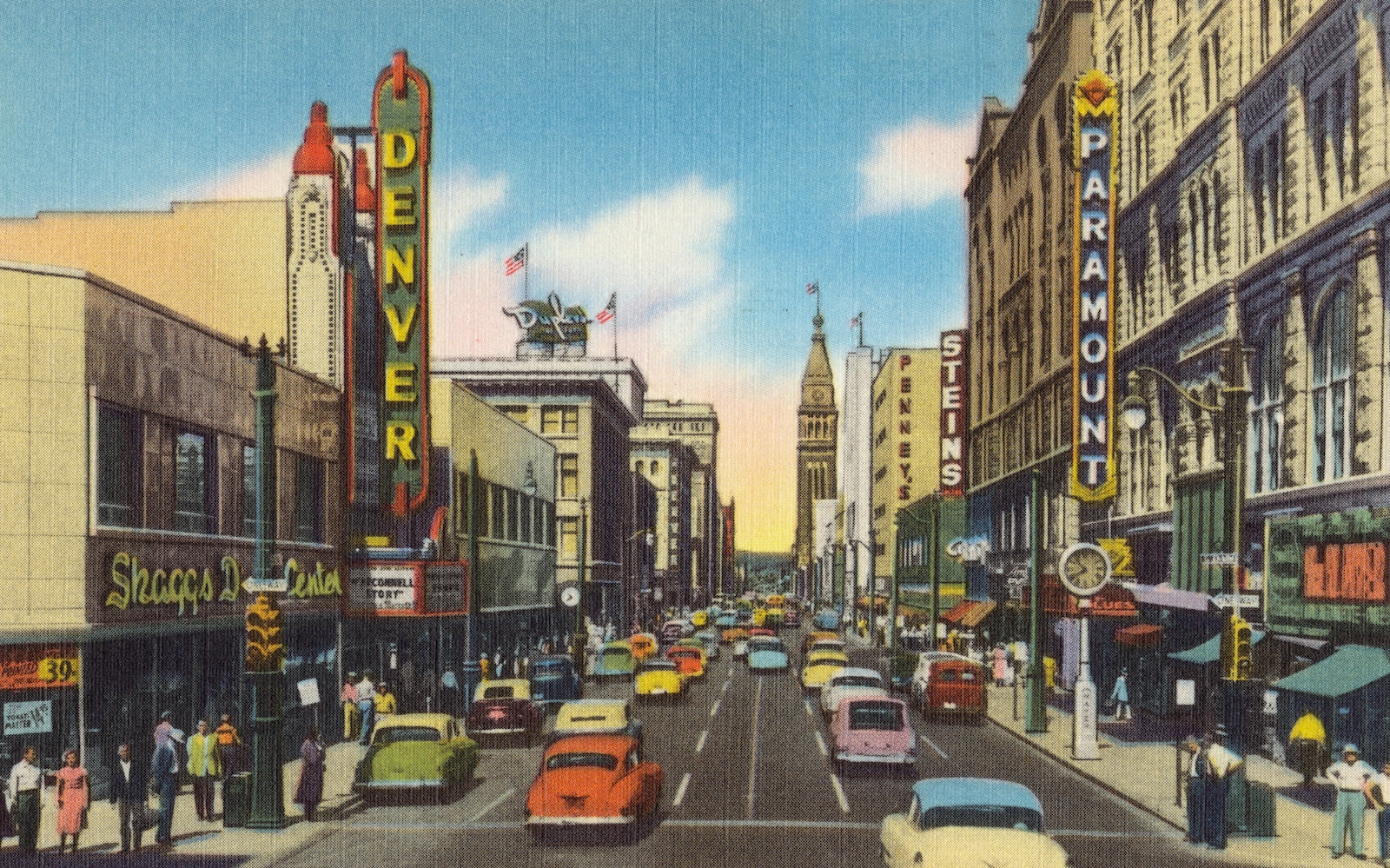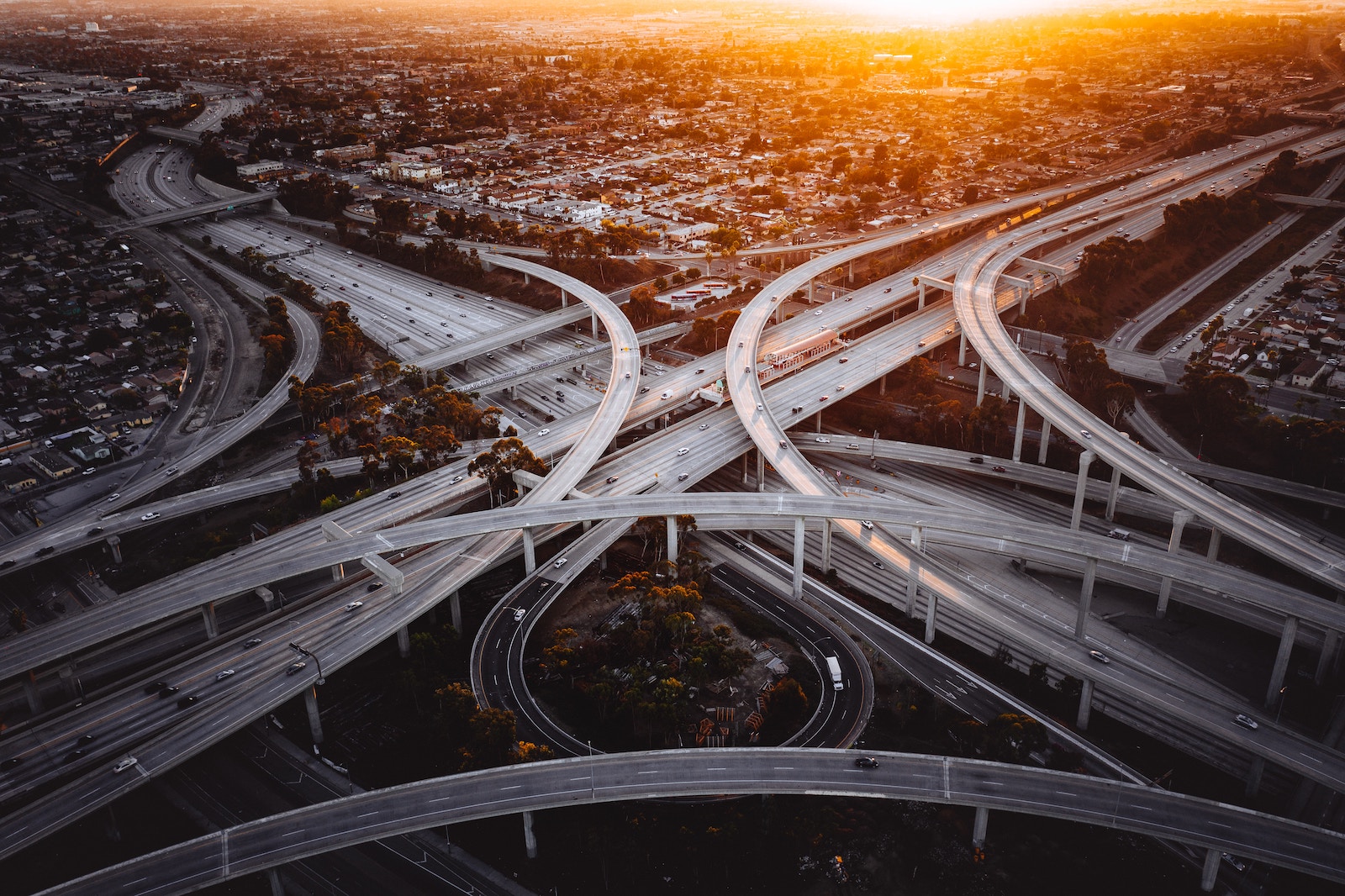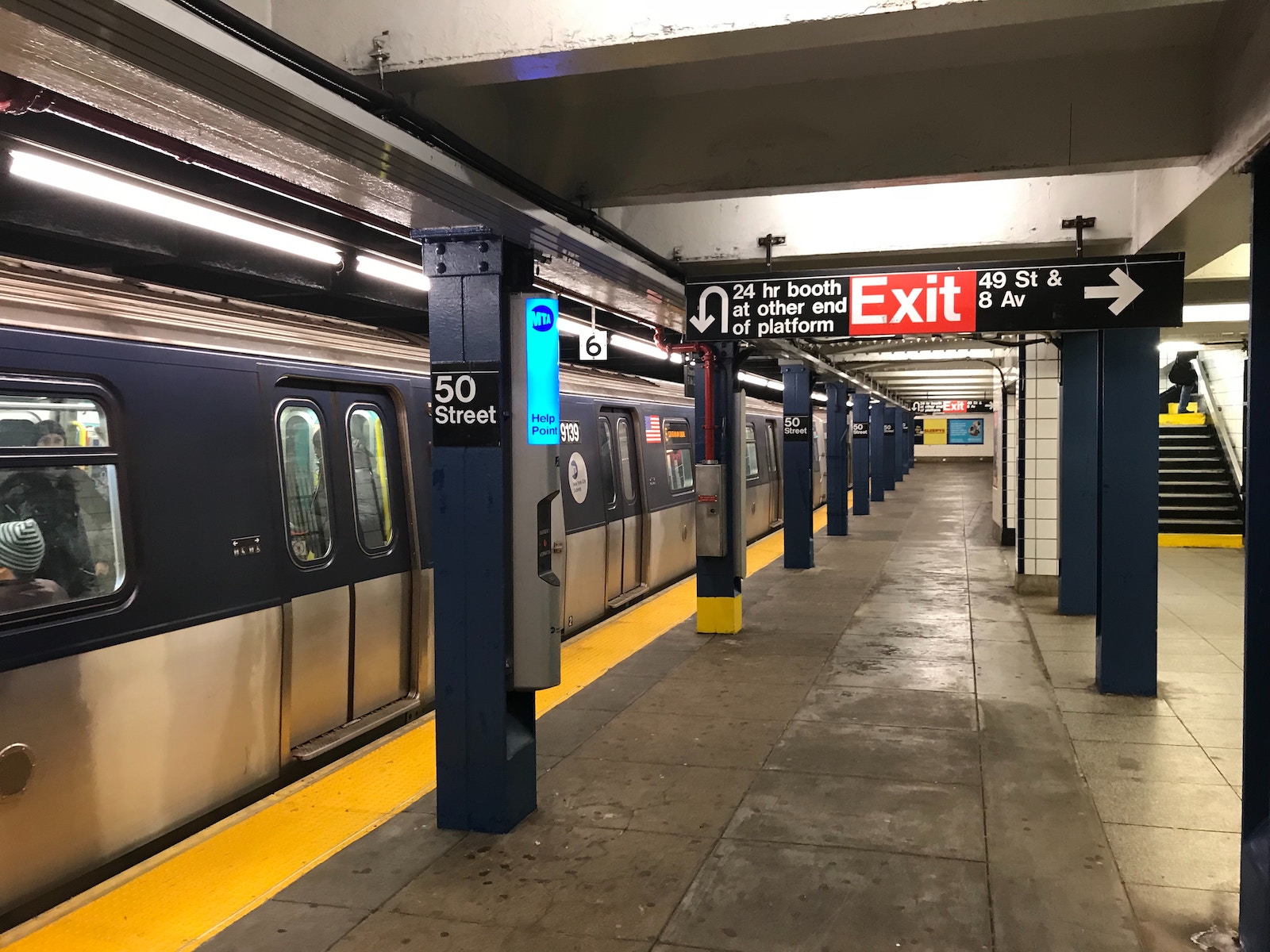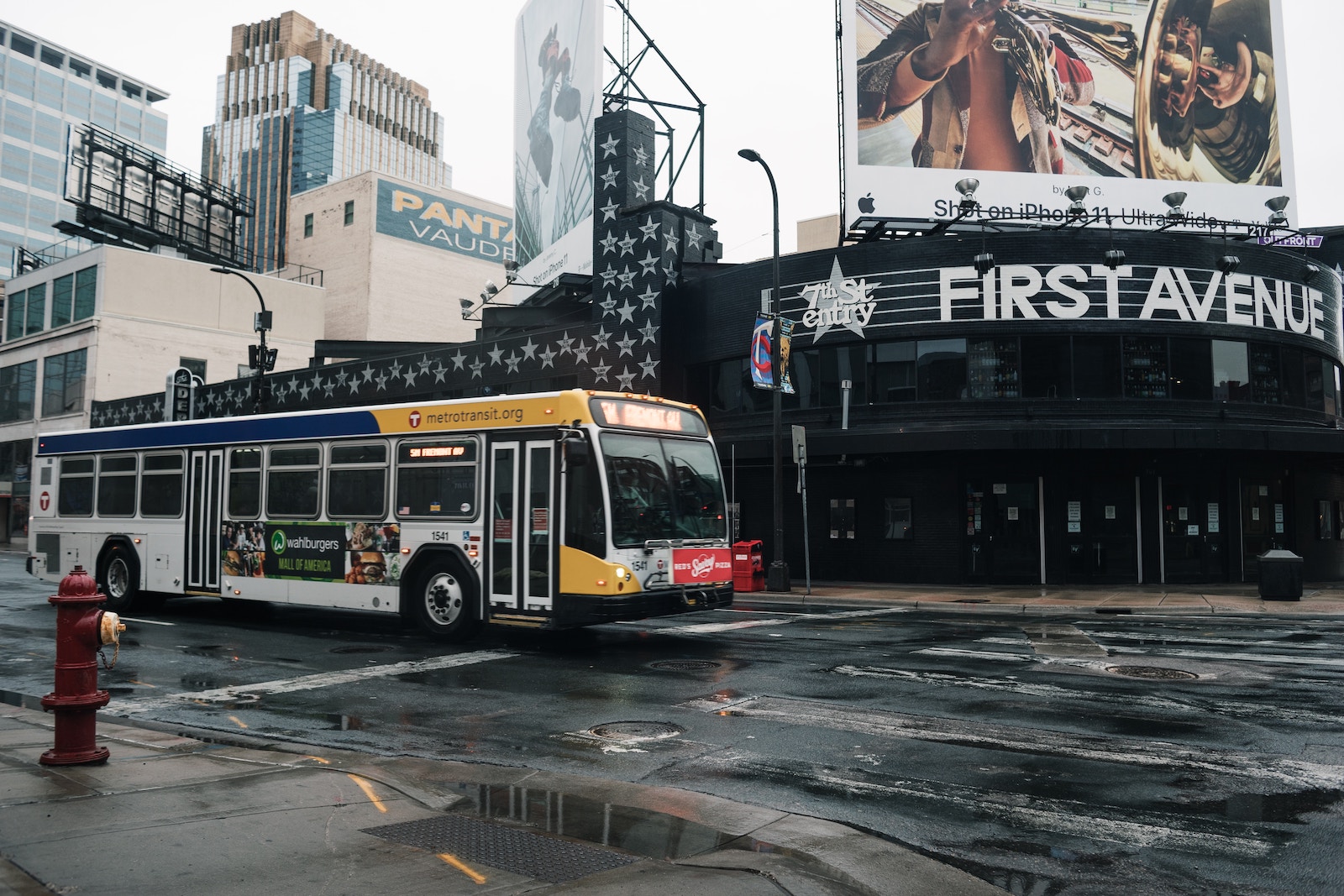Without good public transit options, commuters in the US are forced to rely on cars, degrading air quality, creating congestion and increasing the amount of greenhouse gasses in the atmosphere. So why don’t we have better public transport? Many years of car-centric policy and planning, coupled with cost-cutting and poor design, and negative public perception is to blame.
The current state
Public transportation in the US just isn’t keeping up with that in other countries or with the needs of average Americans. Between solo drivers and carpools, three-quarters (75%) of US commutes by car. As rents rise and urban areas continue to sprawl, Americans, especially the working poor, spend more time commuting and more money on cars and insurance.
In a 2021 study, Texas A&M found that congestion in our 15 biggest cities costs close to $7 billion. Meanwhile, over the past 65 years, the US has spent nearly $10 trillion of taxpayer dollars on highways and roads. Just a quarter of that was spent on public transportation.
The benefits
Public transit is beneficial for our society and our planet. It reduces the use of fossil fuels and cuts climate emissions - especially when we’re using electric options. It can also reduce congestion, noise, and air pollution. Public transit is sometimes described as an equalizer, making it easier for people of all ages, socioeconomic strata to access jobs, education, and culture. Studies have found that access to public transportation also improves children’s social-emotional development, reduces burdens on parents, and reduces loneliness for the elderly. And finally, public transportation can have huge economic returns through job creation.

A failure of policy and planning
From 1890 to 1930 “streetcar suburbs” flourished as wealthy urbanites moved to multi-family mixed-use buildings in places like Denver, Des Moines, Los Angeles, and Boston. Most of the homes in these areas were within a five to ten minute walk from a streetcar stop which would take them into the nearest urban center.
There are some claims that American geography makes public transit untenable, but the truth is that our built environment has been created in such a way that people have little choice but to drive. After World War II, car culture and an increased focus on single-family homes built the kind of suburbs we know today. The winding roads of suburbs were invented to slow traffic, for example. Meanwhile, streetcar companies folded with little support from the government.
Today our urban areas continue to sprawl. Unfettered expansion into undeveloped land occurs at the expense of investments in existing spaces and infrastructures. This leaves people with longer and longer distances to travel and makes public transit connections even more difficult to build. For example, according to Brookings: “from 1970 to 1990, the Chicago area’s population rose by only 4 percent, but the region’s built-up land increased 46 percent.”
And with suburban poverty on the rise across the nation, this leaves many residents stuck in a difficult position: without a car you can’t work, and without work you can’t pay for a car. Meanwhile the cost of car ownership is a major burden on the working poor.

Cost-cutting and poor design
Low ridership is sometimes given as a rationale for not investing in public transport. But when transport doesn't make sense, people won’t ride it. The Brookings analysis in Chicago highlights one common commute, which would take 20 minutes by car and 60 minutes on public transit. According to Bloomberg, this poor design is often coupled with unreliable service due to lack of maintenance: “when the transit service that cities provide is not attractive, the demand from passengers that might “justify” its improvement will never materialize.” In many cases, by cutting basic services to save money, transit providers continue losing ridership and revenue.

Politics and public perception
While in many parts of the world, public transport is seen as an essential utility, the US tends to treat it as social welfare. This is reinforced by the fact that poorly functioning public transit systems are often used only by those who don’t have any other choice. Because these systems aren’t seen as useful to the general public, they become divisive.
Public transit budgets are largely set by cities and states rather than the federal government, and spending per capita differs tremendously state by state. According to the Urban Institute: “current transit operations funding is biased toward wealthier, more liberal communities”. This leaves other lower-income communities without affordable and reliable transit options.

So what can we do?
To increase ridership, we need to make public transit easier, cheaper, and more comfortable. Experts say that (electric!) buses are the way to go. They’re cheaper and easier to purchase and put into place than complex infrastructure projects like subways. Thoughtful design using best practices such as understanding commuter preferences, coupling bus routes and affordable housing, and reducing the number of delivery vehicles on roads is crucial. To success
Discouraging car use also has a role to play. Brookings suggests “enacting congestion and vehicle miles traveled fees, increasing the cost of parking, and reinvesting these revenues in human-scale transportation infrastructure.”
On a political level, The Urban Institute calls for a greater federal role in public transit administration, to ensure its availability as a public utility. Building local coalitions and showcasing how communities can benefit from public transit can go a long way to depoliticize the issue and build public support.
